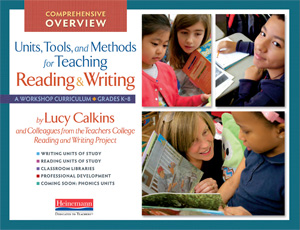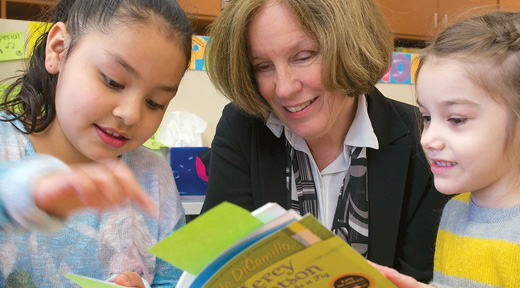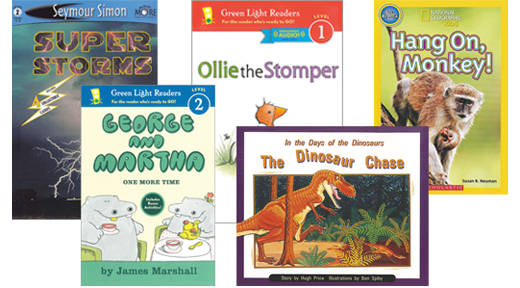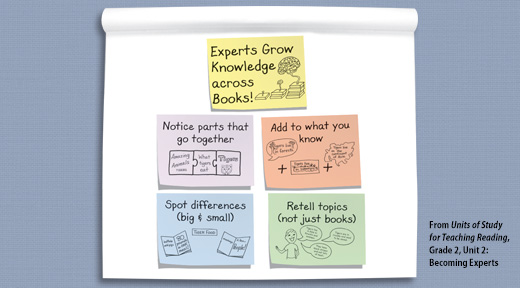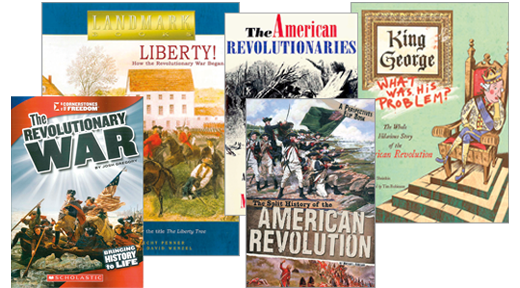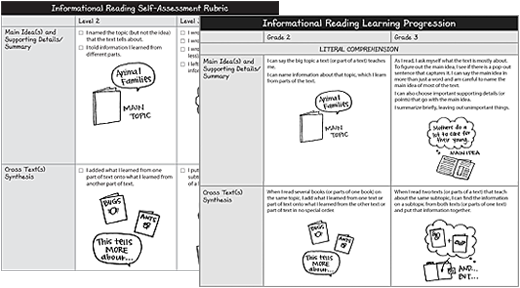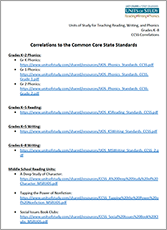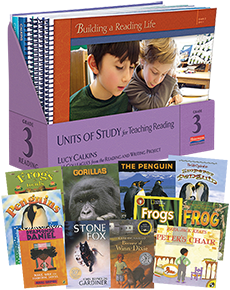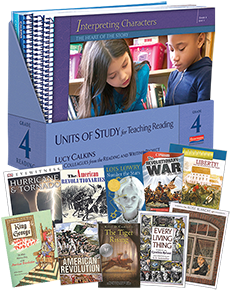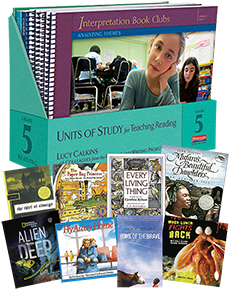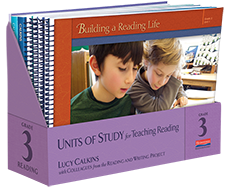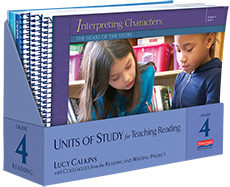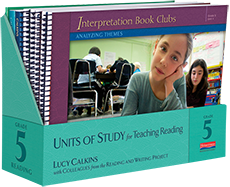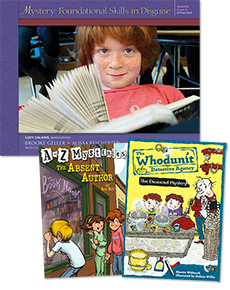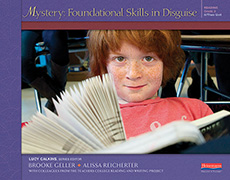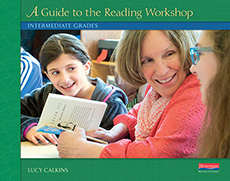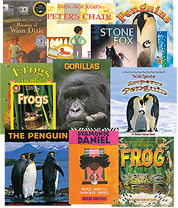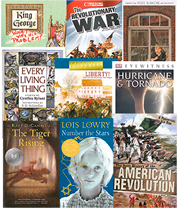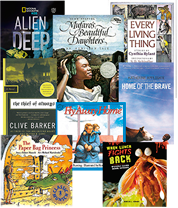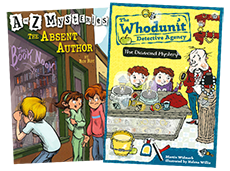Home / Our Series - 3-5 Reading
Units of Study for Teaching Reading, Grades 3–5
A Workshop Curriculum
High Expectations, Achievable Goals
The reading units of study help teachers provide their students with instruction, opportunities for practice, and concrete doable goals to help them meet and exceed any set of high standards.
Proven Tools and Methods
It is an understatement to say these units have been piloted many times. The teaching in these books has been planned, taught, revised, and retaught, through a cycle of improvement involving literally thousands of classrooms in schools dotting the globe.
A Clear Instructional Arc
Each reading unit represents about five to six weeks of teaching, structured into three or four “bends in the road.” Rather than tackling the entire journey all at once, it’s easier to embark on this series of shorter, focused bends, pausing between each to regroup and prepare for the next.
The 10 Essentials of Reading Instruction
1. Above all, good teachers matter.
Learners need teachers who demonstrate what it means to live richly literate lives, wearing a love of reading on their sleeves. Teachers need professional development and a culture of collaborative practice to develop their abilities to teach.
2. Readers need long stretches of time to read.
A mountain of research supports the notion that teachers who teach reading successfully provide their students with substantial time for actual reading.
3. Readers need opportunities to read high-interest, accessible books of their own choosing.
Students need access to lots of books that they can read with high levels of accuracy, fluency, and comprehension. They need opportunities to consolidate skills so they can use skills and strategies with automaticity within fluid, engaged reading.
4. Readers need to read increasingly complex texts appropriate for their grade level.
A consensus has formed around the resolve to accelerate students' progress so they can read increasingly complex texts. Teachers can find ways to scaffold instruction to provide students with access to these texts when they cannot read them independently.
5. Readers need direct, explicit instruction in the skills and strategies of proficient reading.
The National Reading Panel strongly supports explicit instruction in comprehension strategies, suggesting that the teaching of even one comprehension strategy can lead to improved comprehension, and that teaching a repertoire of strategies can make an even larger difference (National Reading Panel 2000).
6. Readers need opportunities to talk and sometimes to write in response to texts.
Talking and writing both provide concrete, visible ways for learners to do the thinking work that later becomes internalized and invisible.
7. Readers need support reading nonfiction books and building a knowledge base and academic vocabulary through information reading.
The strength of a student's general knowledge has a close relationship to the student's ability to comprehend complex nonfiction texts. Students who read a great deal of nonfiction gain knowledge about the world as well as about vocabulary.
8. Readers need assessment-based instruction, including feedback that is tailored specifically to them.
Learners are not all the same, and learners do not all need the same things to progress. Teaching, then, must always be responsive, and our ideas about what works and what doesn't work must always be under construction.
9. Readers need teachers to read aloud to them.
Read-aloud is essential to teaching reading. Teachers read aloud to open the day, using stories and poems to convene the community and to celebrate what it means to be awake and alive together. They read aloud to embark on shared adventures, to explore new worlds, and to place provocative topics at the center of the community.
10. Readers need a comprehensive approach to language arts, one that includes a responsible approach to the teaching of writing as well as reading.
The National Reading Panel's recommendations in 2000 supported the need for children to have comprehensive literacy instruction. Pressley and his colleagues conducted research in comprehensive literacy, seeking out examples of exemplary teaching in the primary grades and studying the approach to instruction. In every case, whenever they found a classroom with high literacy engagement, they found this kind of comprehensive teaching in place (Pressley et al. 2002).
(Adapted from A Guide to the Reading Workshop, primary and intermediate editions)
Read More . . .
To read more about how you can work with colleagues to articulate the vision guiding reading instruction at your school, download the sample chapter for your grade level, excerpted from A Guide to the Reading Workshop (Primary, Intermediate, and Middle School Grades).
Note that the Guides for each grade level are components in the Units of Study for Teaching Reading, K–5 series. For a sample from the middle school guide, visit Middle School Reading.
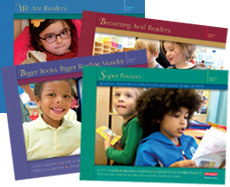 Units of Study
Units of Study
Grades K–2 include one foundational unit and three other units to address reading fiction and informational texts. Grades 3–5 each include two units in reading fiction and two in reading informational texts.
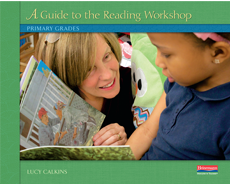 A Guide to the Reading Workshop
A Guide to the Reading Workshop
Describes the essential principles, methods, and structures of effective reading workshop instruction. (Available for separate purchase—ideal for administrators and coaches who are supporting implementation of Units of Study.)
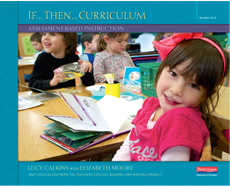 If...Then...Curriculum:
If...Then...Curriculum:
Assessment-Based Instruction
Abbreviated versions of additional units help teachers meet specific instructional needs.
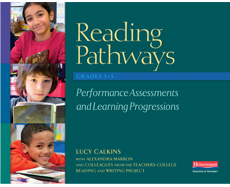 Reading Pathways:
Reading Pathways:
Performance Assessments and Learning Progressions, Grades 3–5
Puts a system for assessing reading into teachers’ hands and into the hands of students.
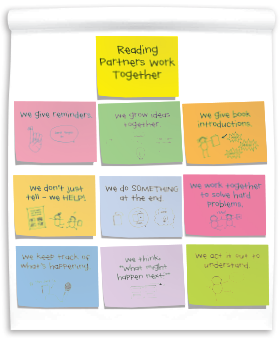 Anchor Chart Sticky Notes (K–5) & Read-Aloud Sticky Notes (K–2)
Anchor Chart Sticky Notes (K–5) & Read-Aloud Sticky Notes (K–2)
Large-format sticky notes help teachers create and evolve anchor charts across the units and preprinted sticky notes for grades K–2 highlight possible teaching points during read-alouds.
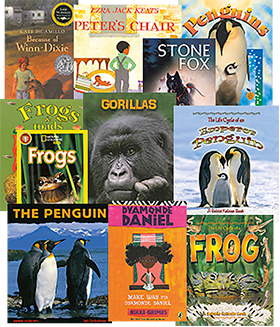 Trade Book Packs
Trade Book Packs
(recommended optional purchase)
Used as demonstration texts for teachers to model the skills and strategies students will try. Some of these books are also used for read-aloud and shared reading.
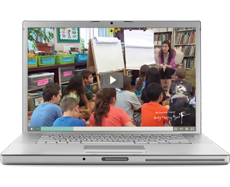 Online Resources
Online Resources
A treasure chest of resources, including bibliographies, short texts, reproducible checklists, pre- and post-assessments, homework, mentor texts, videos, and Web links.
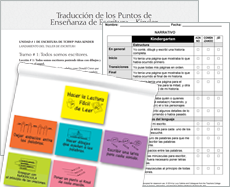 Online Resources - Spanish Translations
Online Resources - Spanish Translations
Spanish translations of resources such as teaching points, anchor charts, and student self-assessment resources are provided, along with lists of Spanish-language mentor texts.
 Grade-Level Video Orientations
Grade-Level Video Orientations
In these video courses, Lucy Calkins and her colleagues provide an overview of the units along with tips and guidelines to help teachers get off to a good start.
Purchasing Options
Each Grade Level with Trade Pack
Each Grade Level without Trade Pack
Additional Units of Study for Grade 3
This additional book-length unit fits tongue-and-groove with the original grade 3 units.
Guide to the Reading Workshop
A copy of the Guide is included in your Units box. The Guide is also offered separately for administrators and coaches.
Trade Packs









